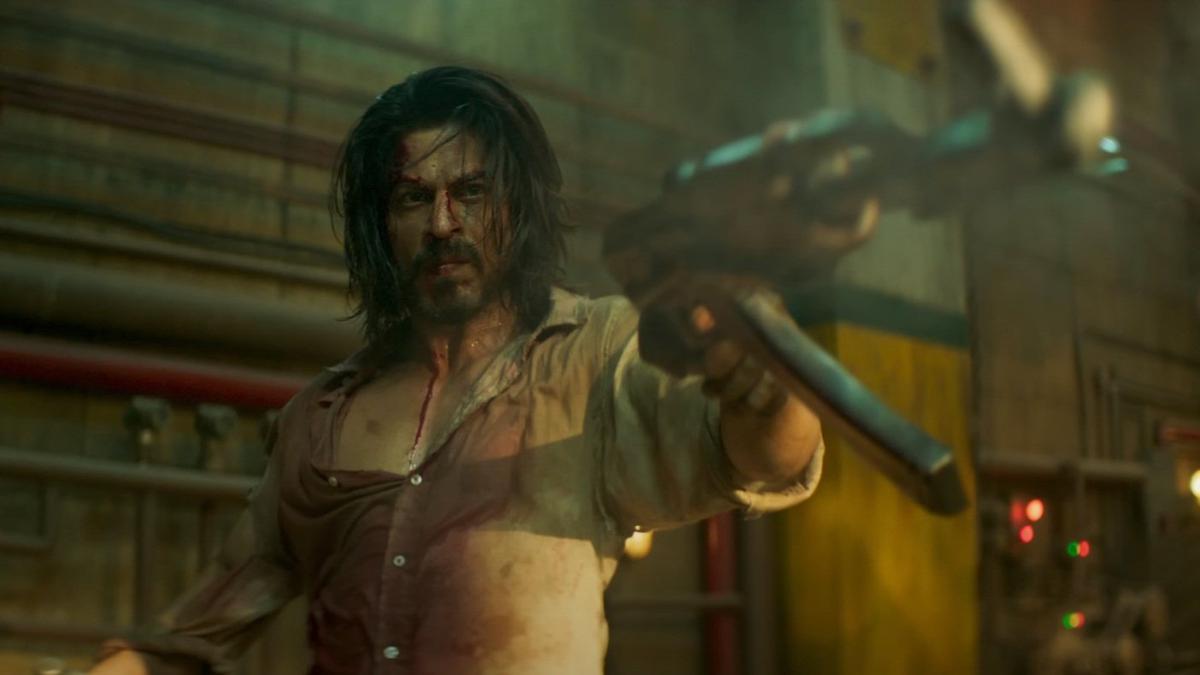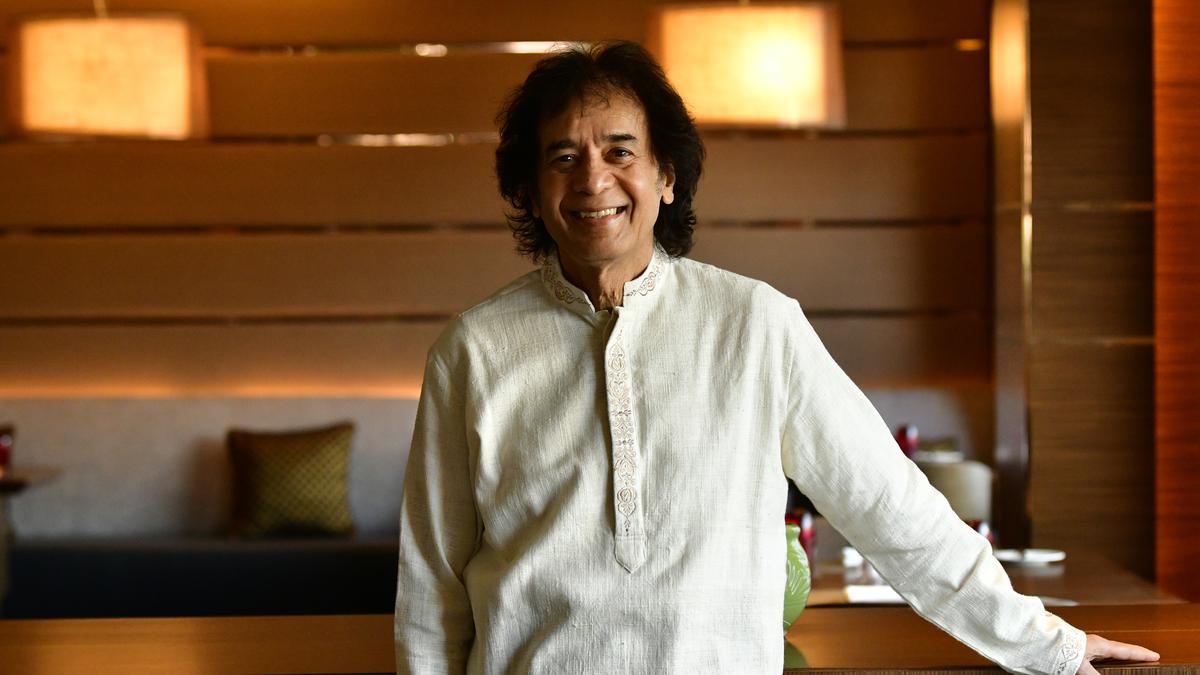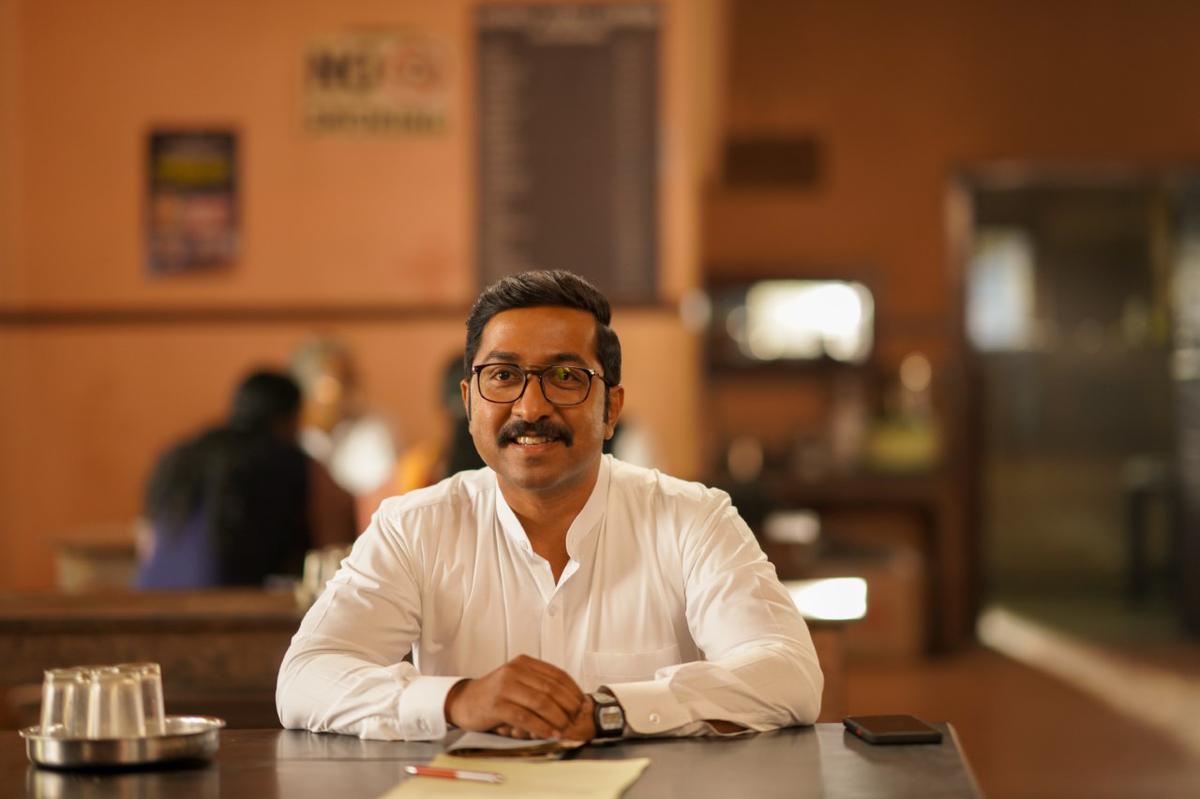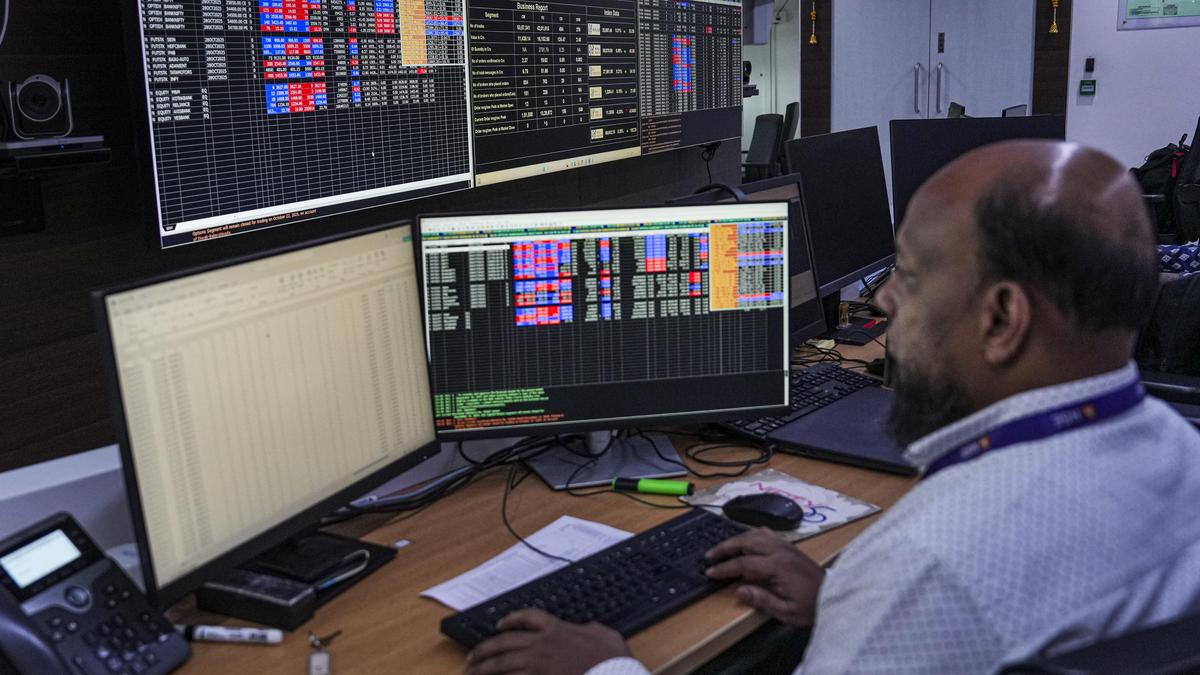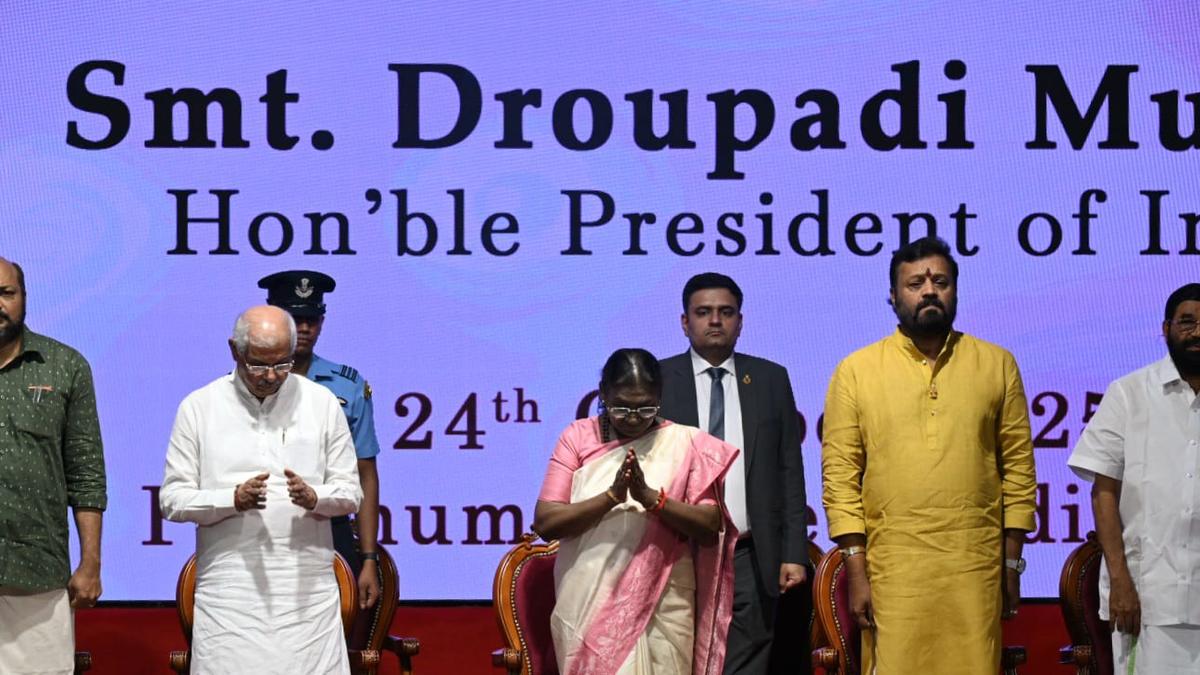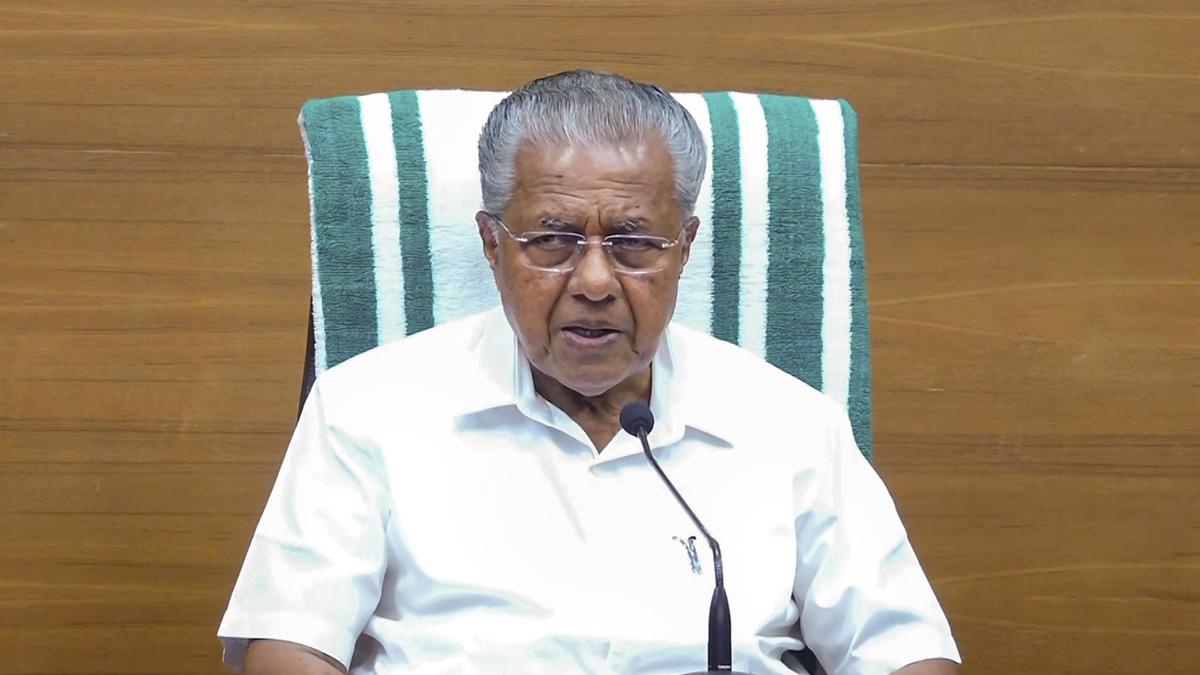Ahead of the release of Siya, director Manish Mundhra talks about returning to his roots in the village to tell the gut-wrenching story of a girl, based on real cases
Ahead of the release of Siya, director Manish Mundhra talks about returning to his roots in the village to tell the gut-wrenching story of a girl, based on real cases
Manish Mundhra believes in the power of independent cinema. The CEO of a petrochemical company who grew up in Deoghar, Jharkhand, is following his childhood passion for cinema as a medium for social change. After producing gems like Aankhon Dekhi, Masaan and Newton, Mundhra has turned director with the painful tale of Siya, a village girl who stands up to her powerful tormentor .
Mundhra says the urge to tell real stories pushed him to direct the film. Releasing next week, it has debutante Pooja Pande playing the lead character. “Whether it is Masaan, Newton, Waiting or Kamyaab, we have been making a series of films but I felt we are lagging on present day real issues and social drama. People in urban settings are unaware of what’s happening in small towns and villages. How life is being lived there and the struggles…”
Director Manish Mundhra
| Photo Credit: Special Arrangement
Siya’s storyline seems to be based on the Unnao rape case and once could also sense the shadows of the Hathras case as well
. In the last three-four years, I have been following up some key incidents and case histories that took over the headlines. When I went into their details, it really affected me. I thank (journalist and filmmaker) Vinod Kapri for getting through a lot of preliminary news cuttings related to the cases. We tried to converge the similarities across a number of cases and came up with this story which I can say is a culmination of at least six stories that we followed
. Siya’s storyline seems to be based on the Unnao rape case and one could also sense the shadows of the Hathras case as well.
In the last three-four years, I have been following key incidents and case histories that dominated the headlines. Their detailsaffected me. I thank (journalist and filmmaker) Vinod Kapri for getting through a lot of preliminary news cuttings related to the cases. We tried to converge the similarities across a number of cases and came up with this story which is a combination of at least six stories that we tracked. .
Was it challenging to process the subject?
One of the most important things I wanted people to know about is that apart from the whole case – how things happened, the victim’s family, and the fight – it is very important that we feel the pain, the depth, the angst, the fear of failure, the fear of being completely wiped out and still keep that audacity to fight. .
A still from Siya
| Photo Credit: SOMA BASU
The film turns the focus on the warped criminal justice system in villages and small towns…
There, the whole system is skewed towards power. If you have power and money, you can change things and that is the biggest roadblock in the fight for justice. A majority of the cases are not reported due to fear. If somebody dares to report the case, it is a difficult walk. The cost of justice is sometimes even beyond the idea of what we can think. I made this film to take the viewers through the whole arc. I wanted them to feel the emotions of the characters and stay with them while they address or react to a situation. Rather than taking sides, I wanted the audience to be silent spectators.
As somebody who grew up in a small town in India and then saw the world, what were the takeaways for you from shooting in a village?
One of the takeaways was that the villages of India are no longer the same as we remember. They have phones, and internet. The kids are up to date with the latest fashion. Their relationship with towns and cities has also increased. I lived in a village after 25-30 years and I was amazed by the level of development and level of awareness; that reflects in the film as well. Though they are poor, they have all the basic requirements. The girl uses a cycle, she travels in buses, and some of the characters move in cars. The cleanliness drive that I could see in the village came as a surprise to me. Apart from that, we saw excitement for the shoot and we pulled out three-four characters from the crowd.
As an independent producer, how do you see the business side of meaningful films in Hindi cinema? Has the OTT platform proved a natural fit for them?
When the OTT era came, as independent producers, we were very happy that we would be able to showcase our work to a larger audience across the world. But unfortunately, that didn’t fructify in India because the OTTs took the same route which the major producers of Hindi films take. They believed in stars and masses, which is not wrong because at the end of the day it is business for everyone. I have always maintained that business is important in art but then art also needs curation. You have to curate cinema too.


